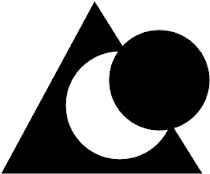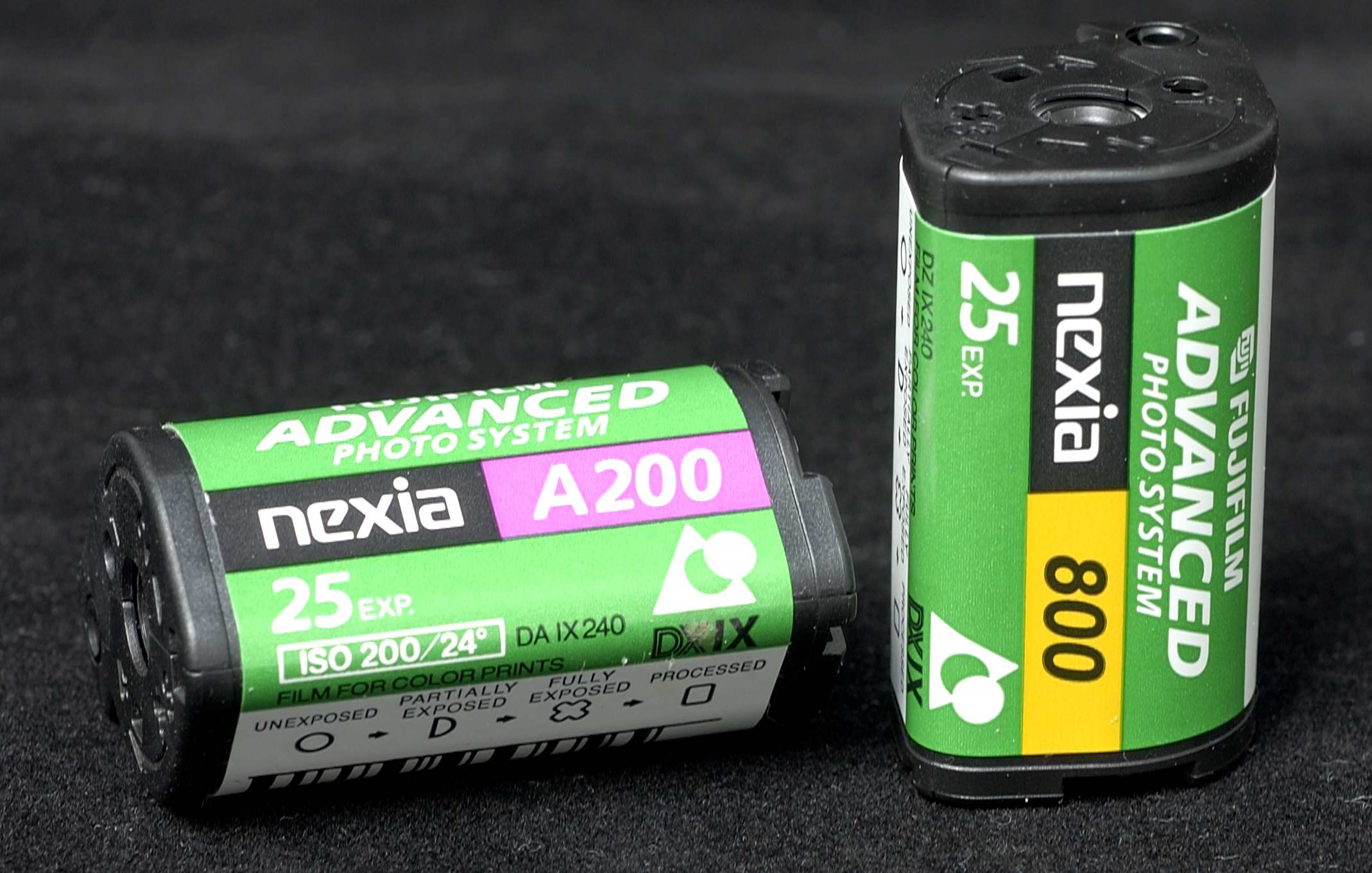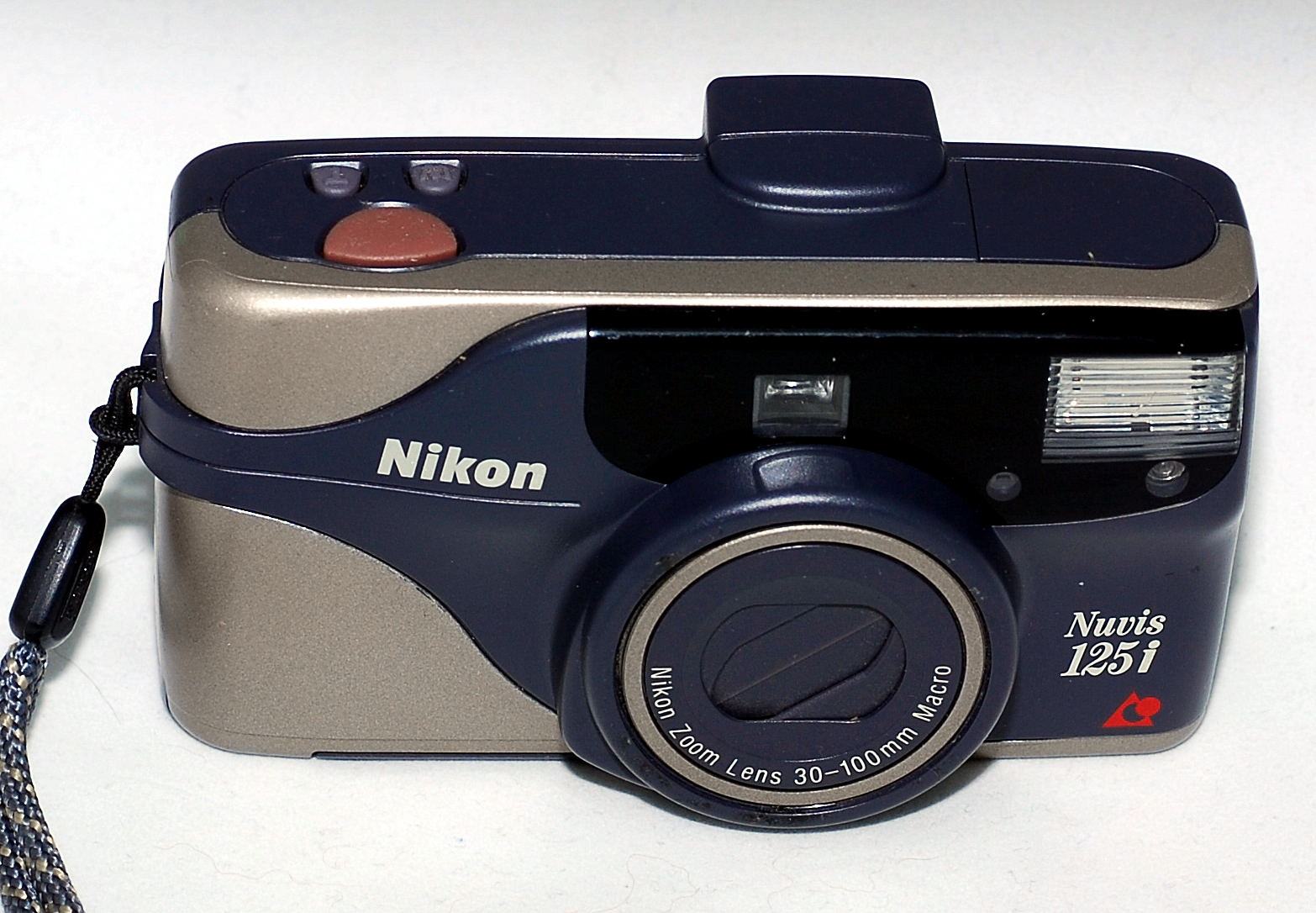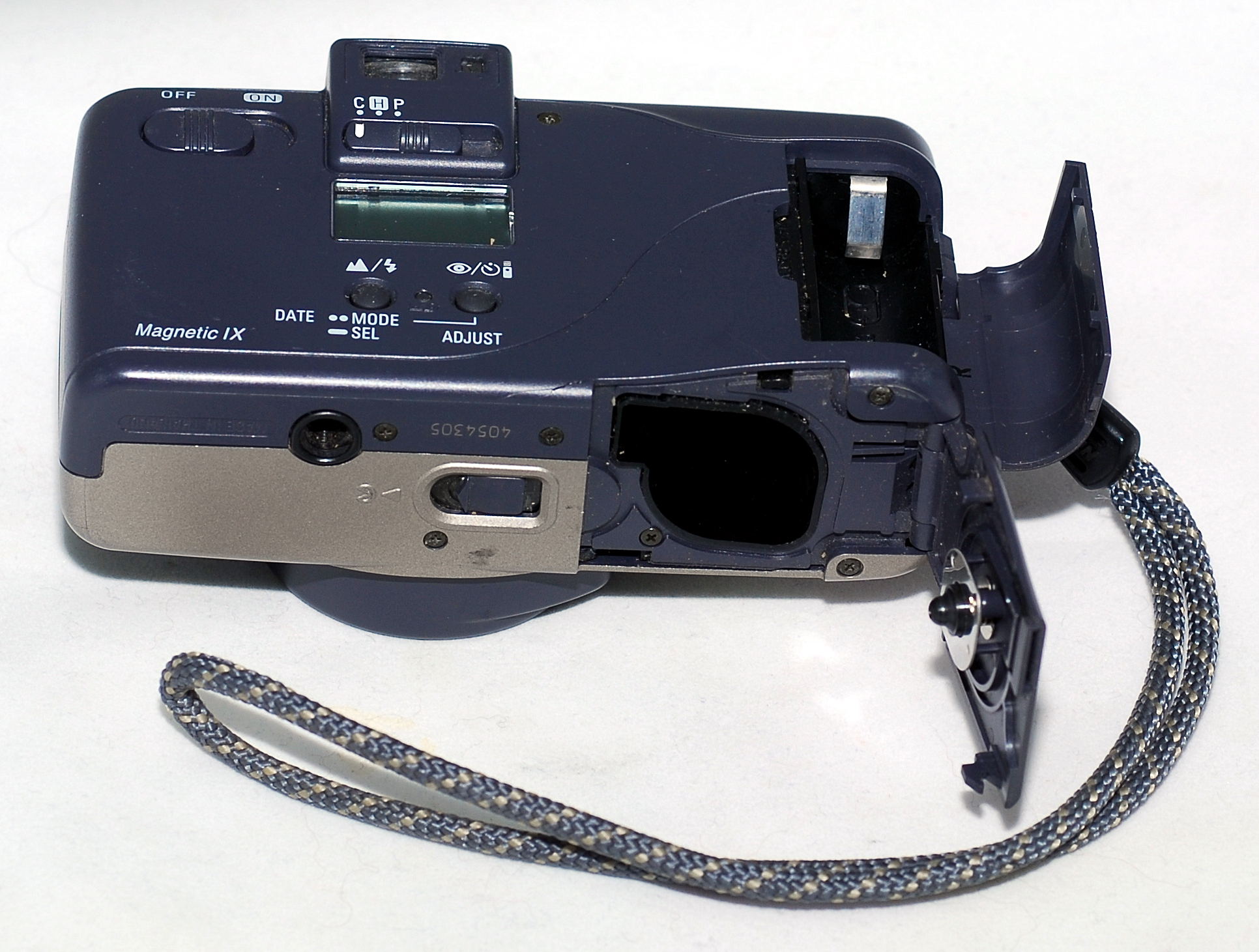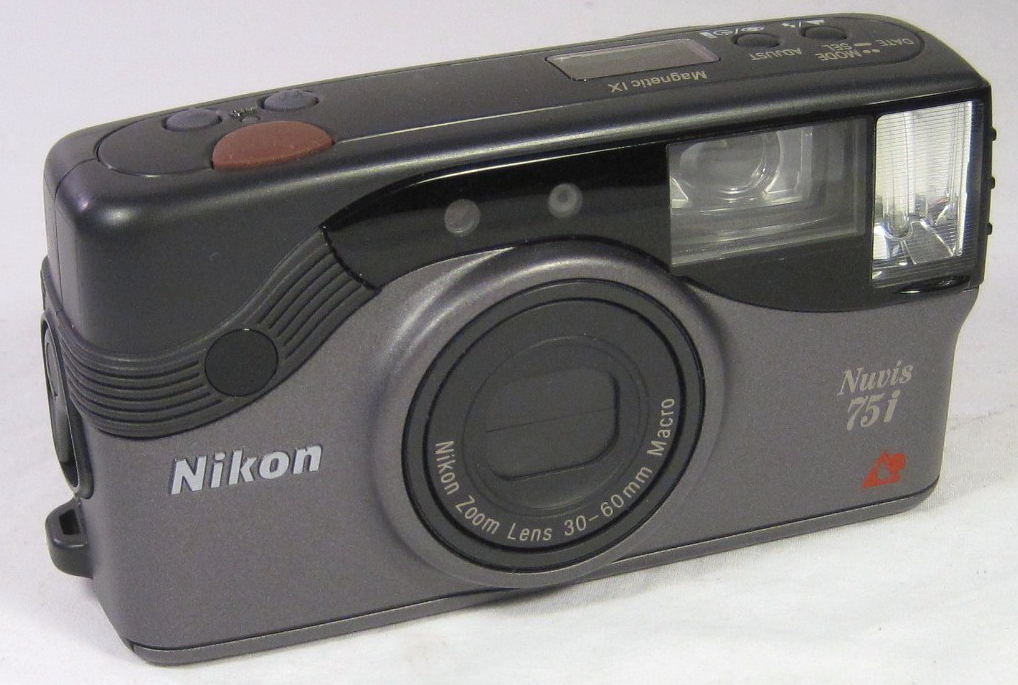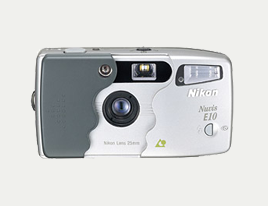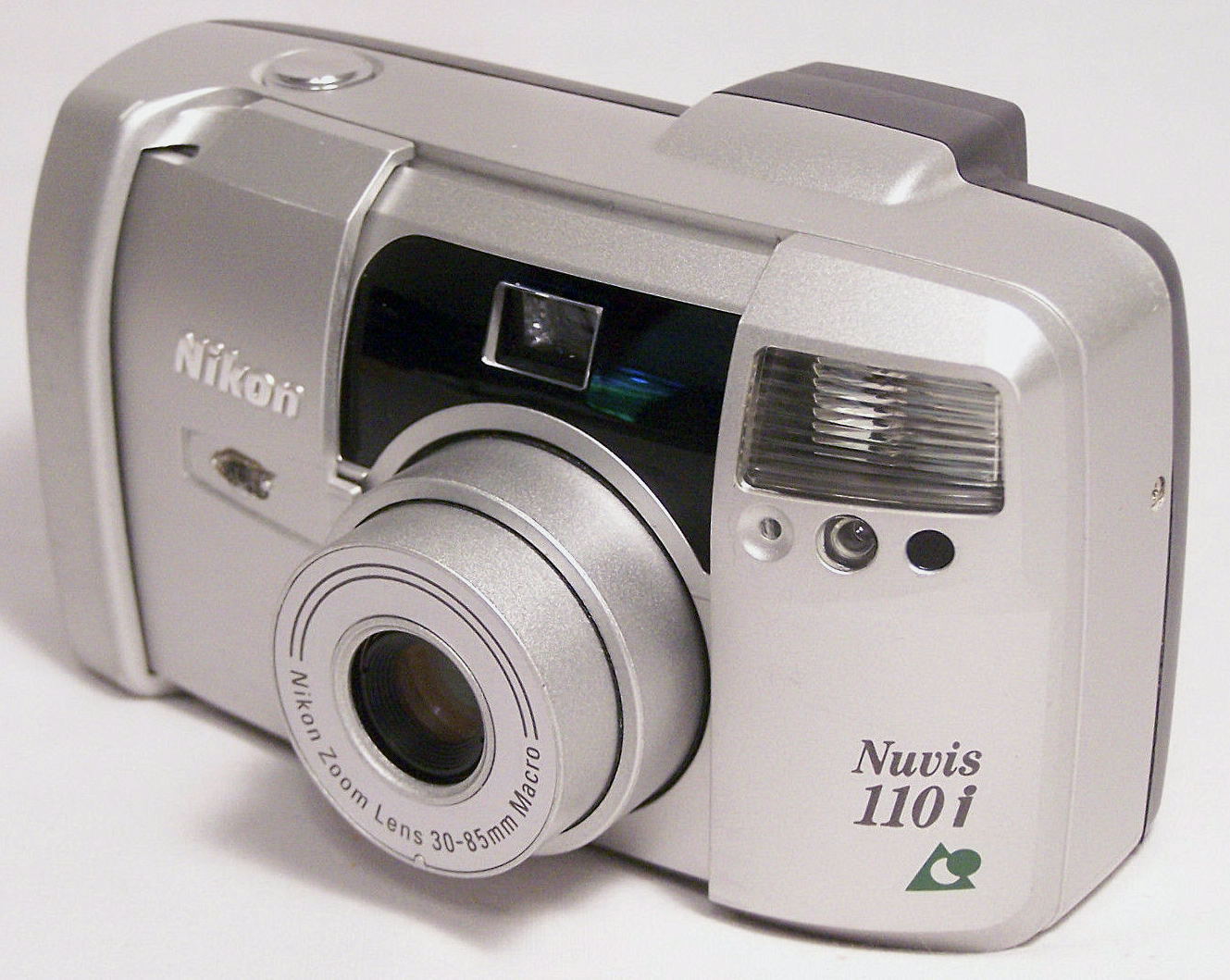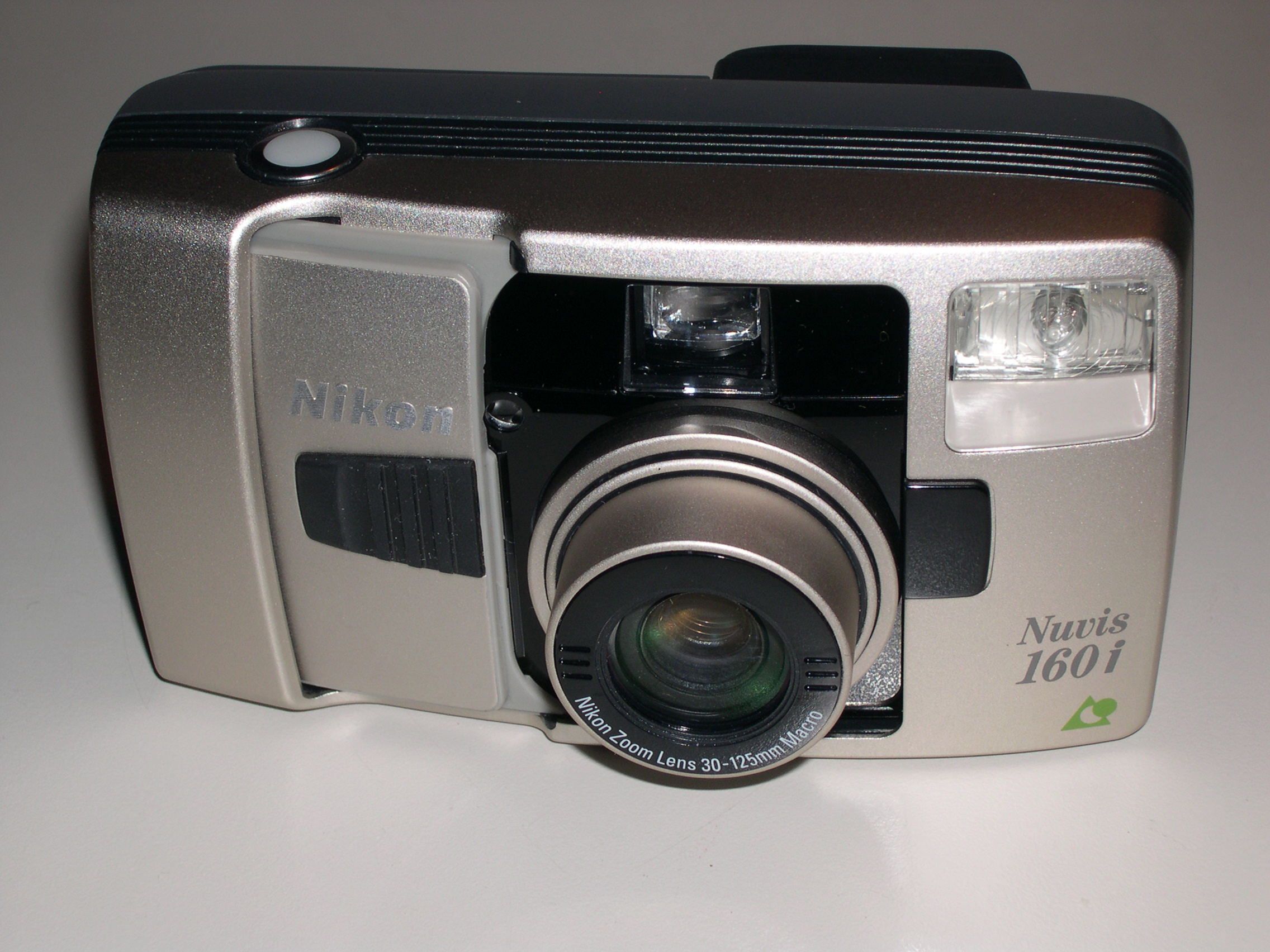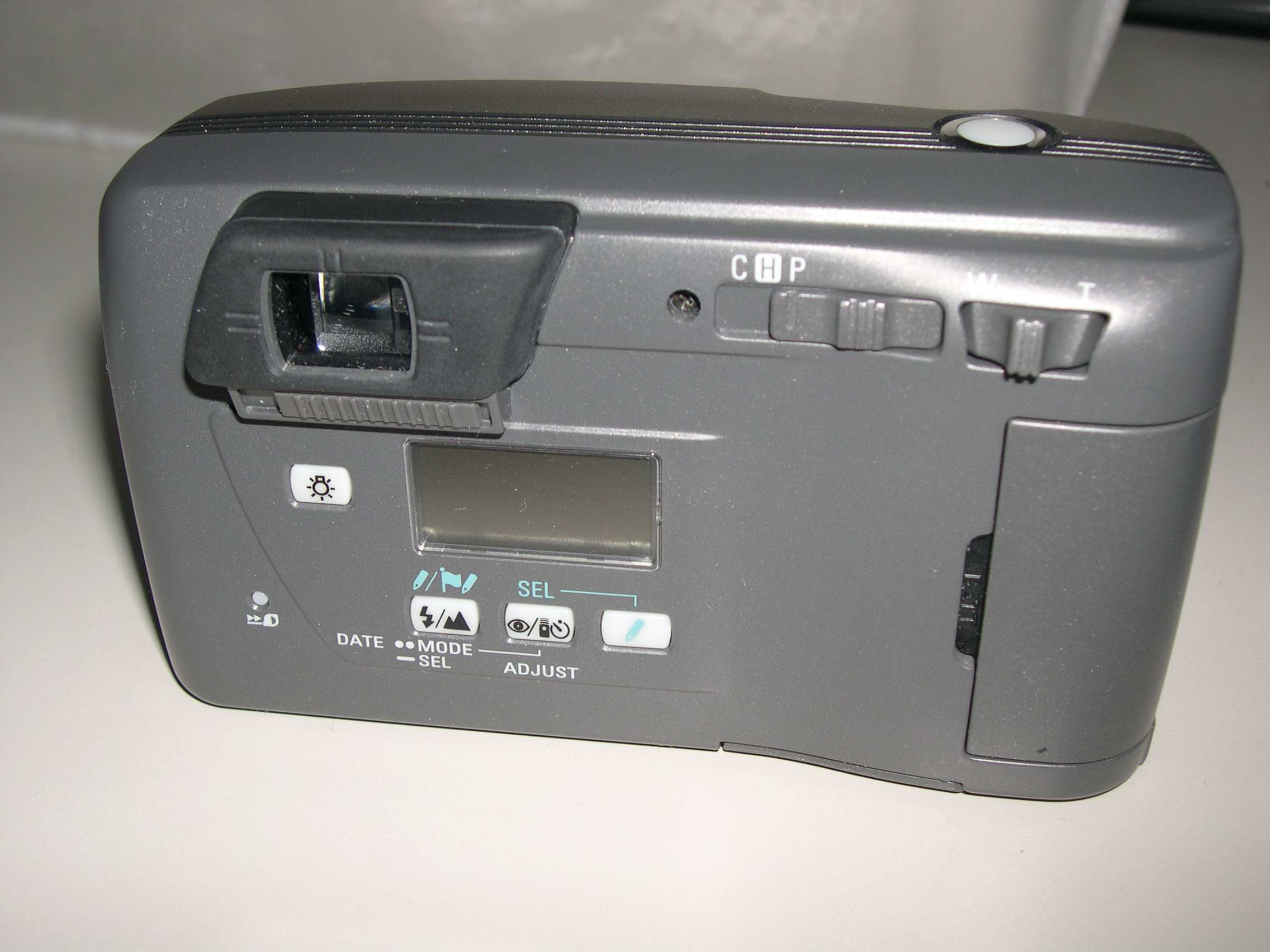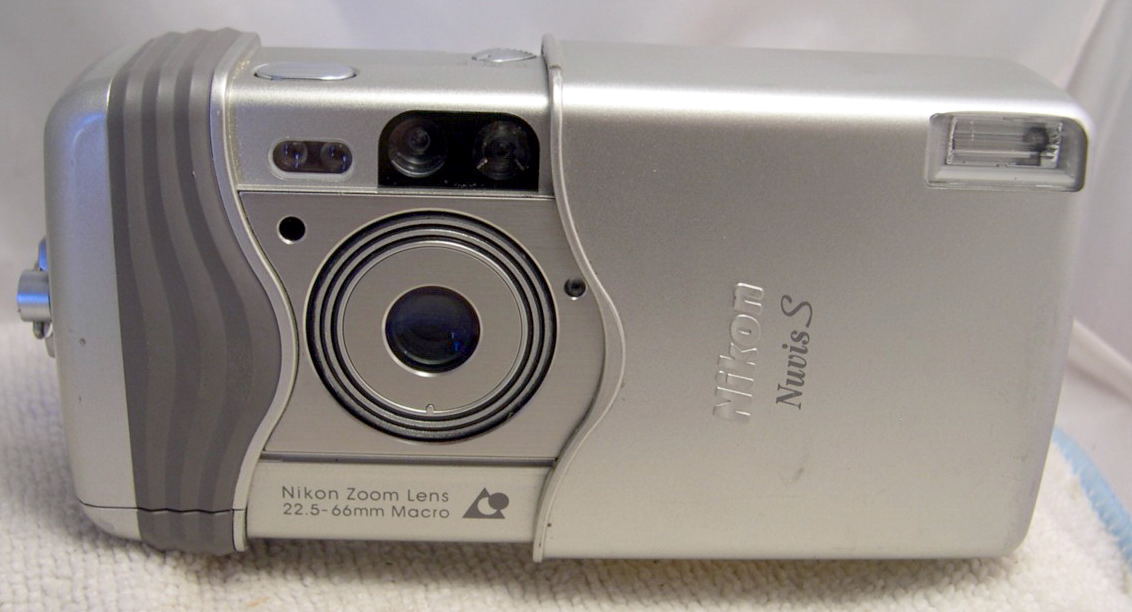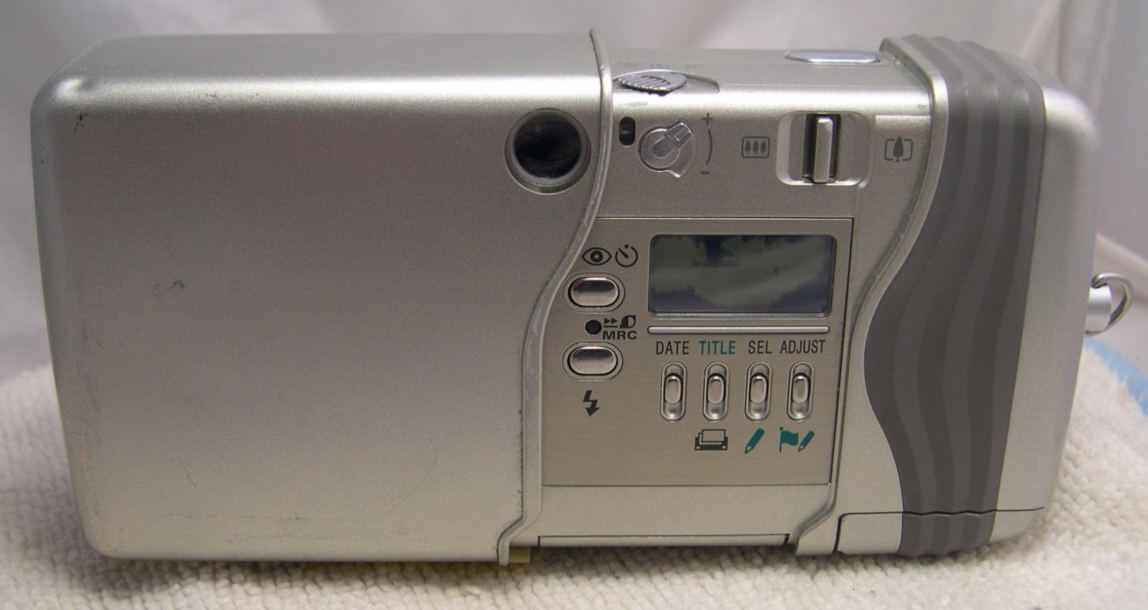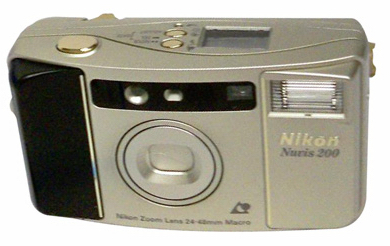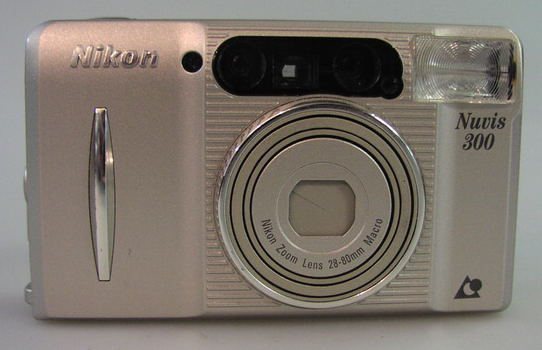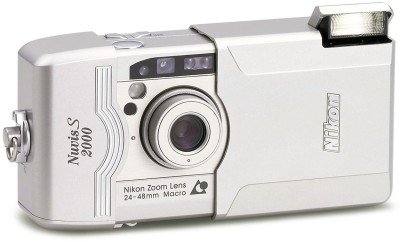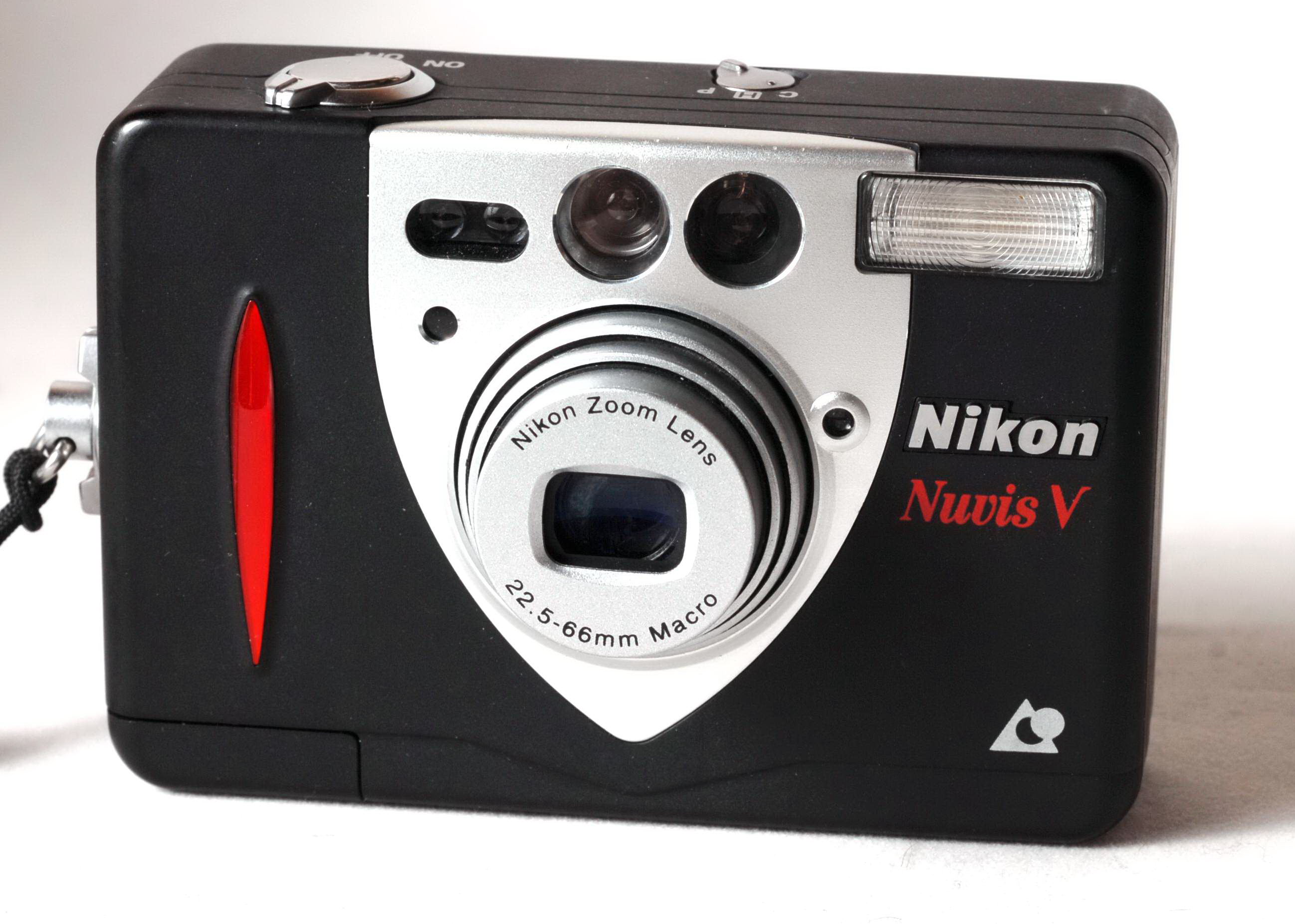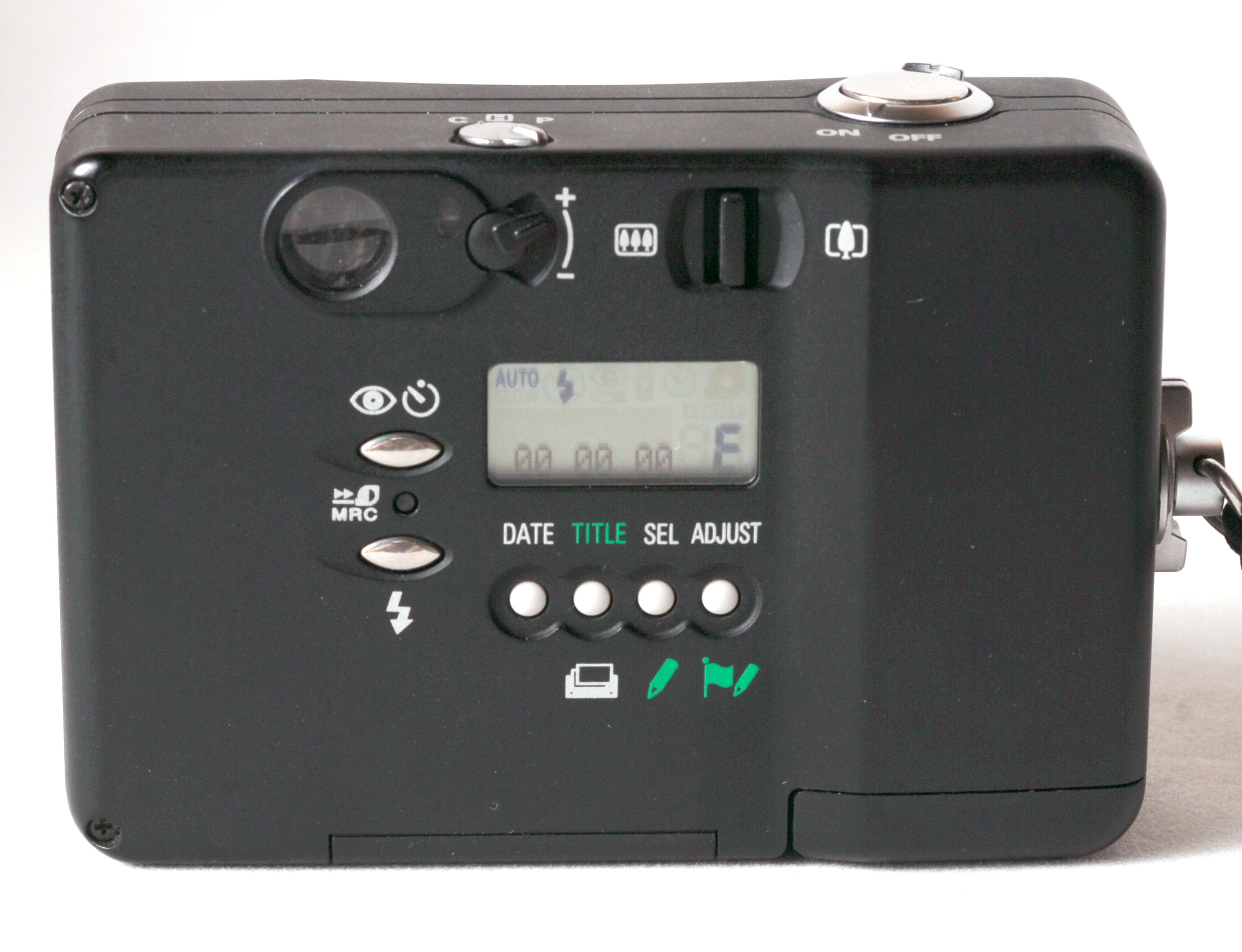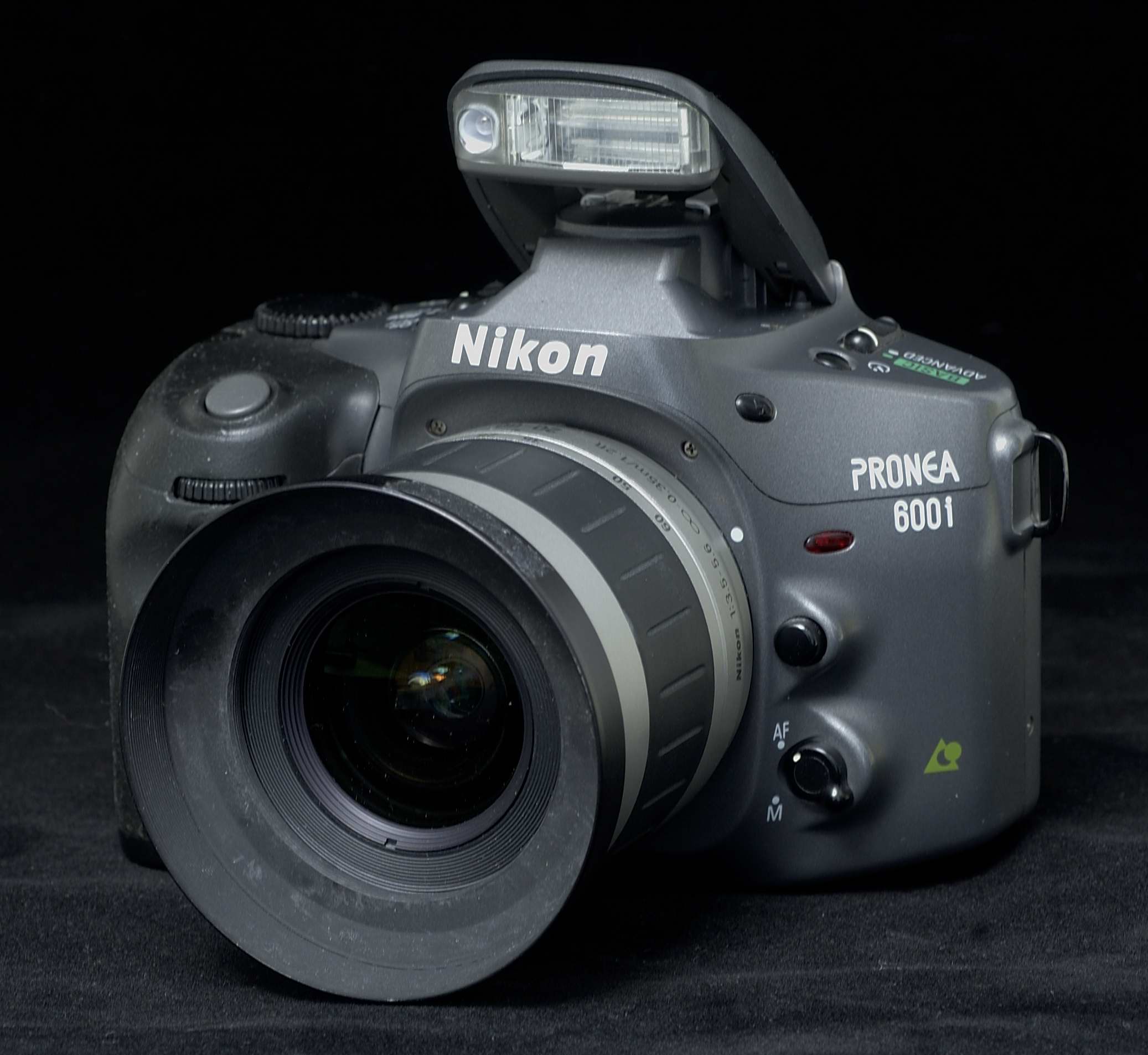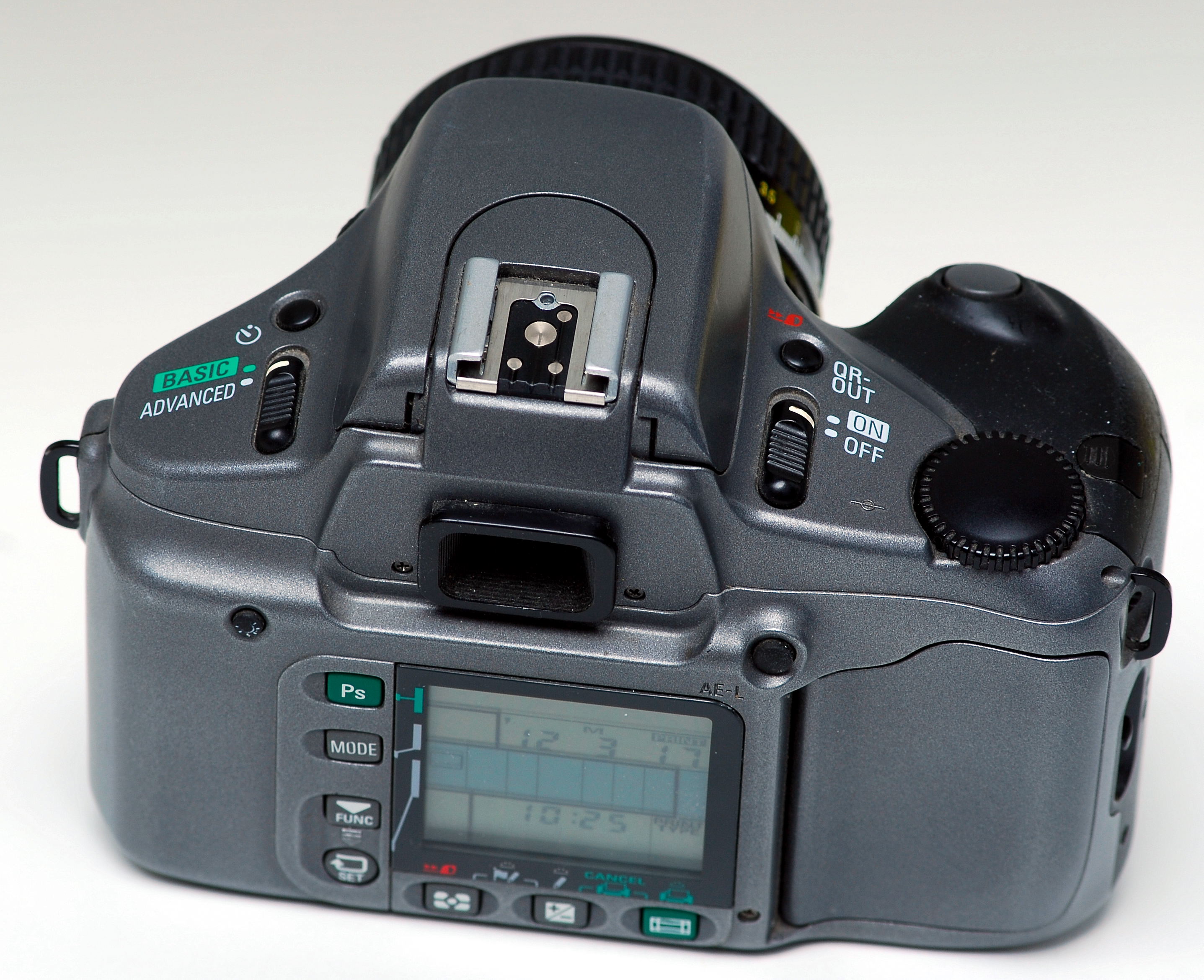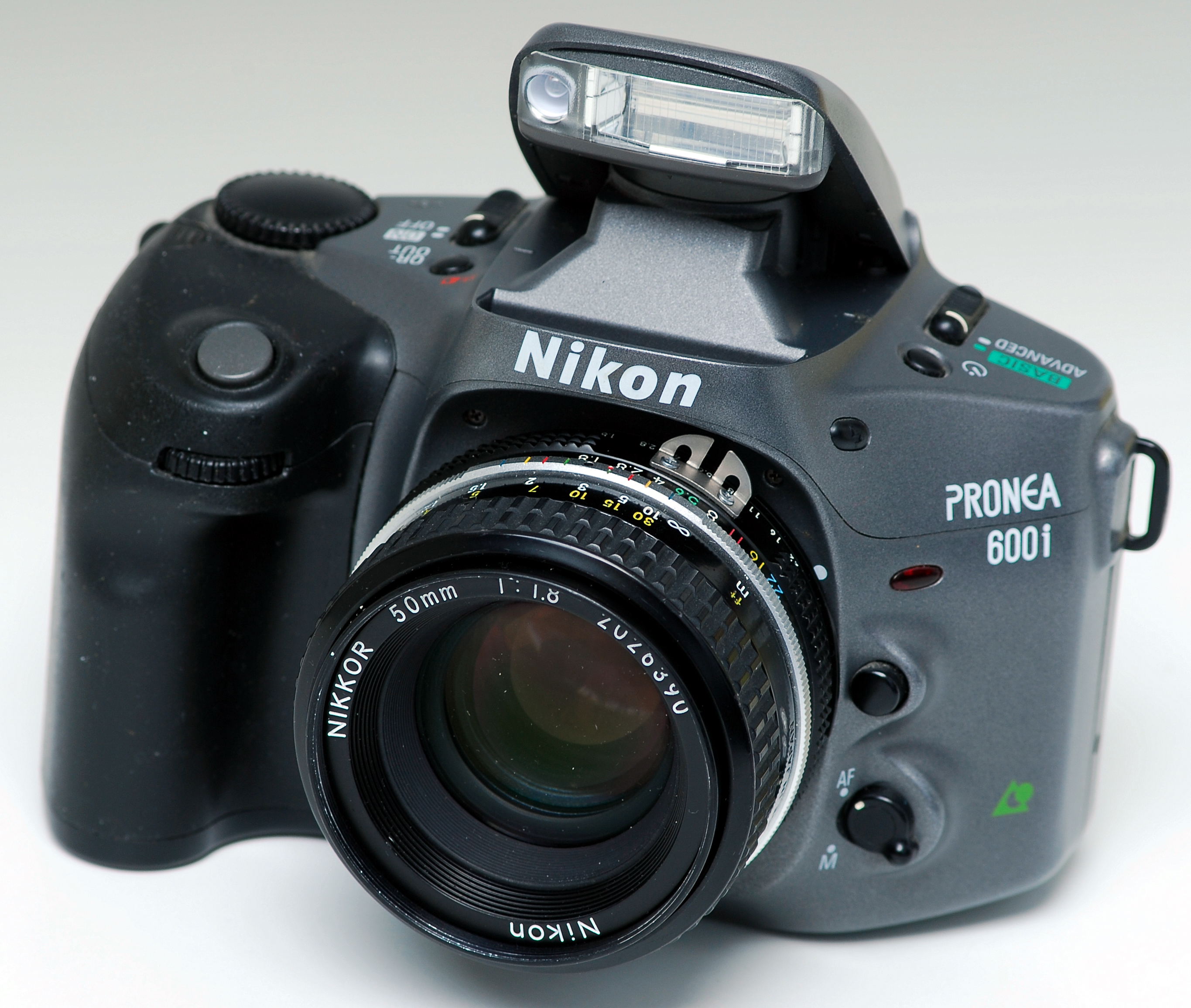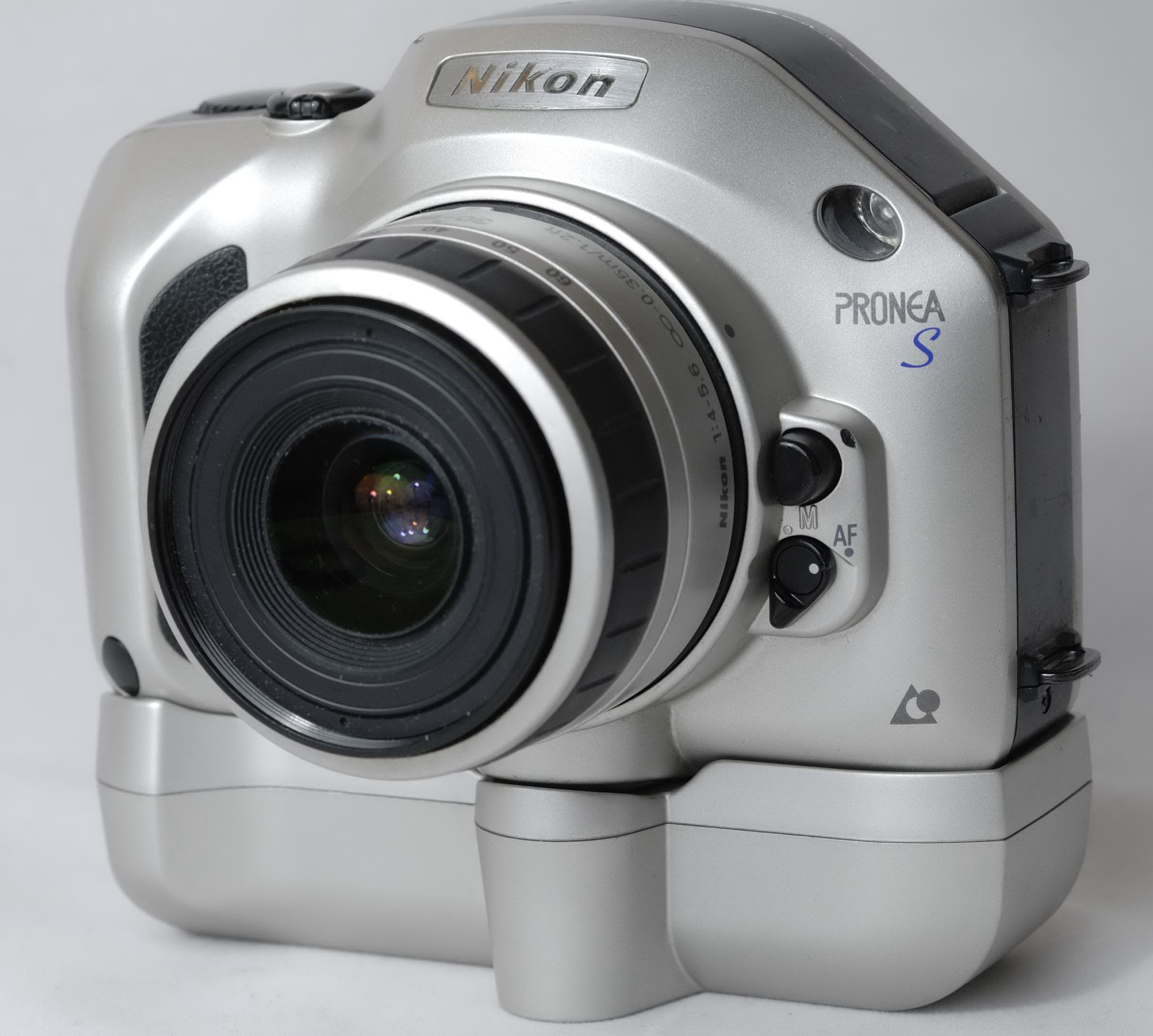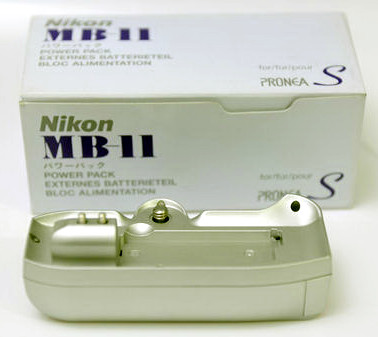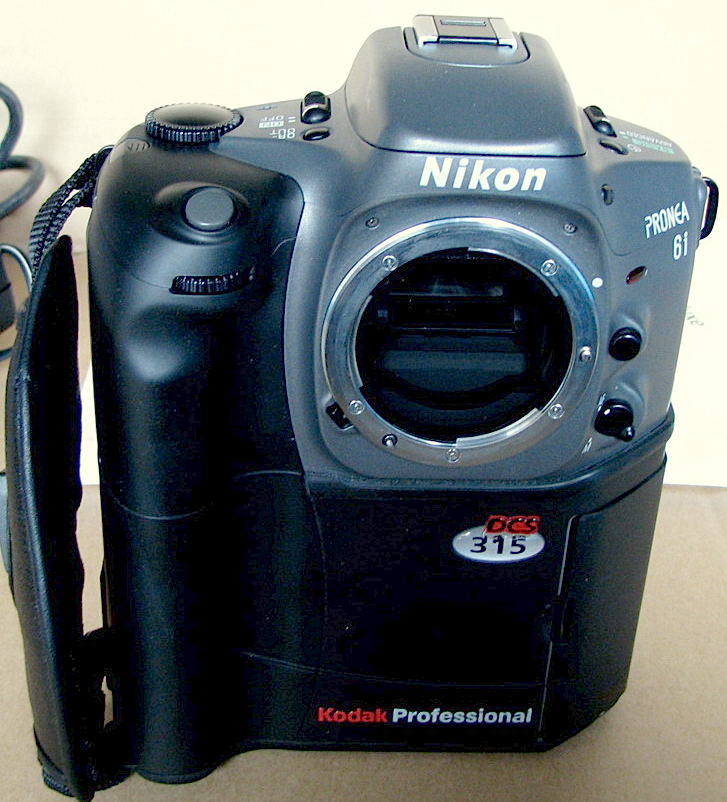Nikon APS film cameras
Introduction In April 1996 five important players on the global photo market - Kodak, Fuji, Canon, Minolta and Nikon - introduced a new film format: APS = Advanced Photo System. With euphoria the film and camera industry was telling the consumer that this advanced photo system would be our common future. Already 3 years later it was clear that this introduction would go into the history of photography as the most stunning and costly blunder ever ! Nikon stepped out of the ´coalition´ in 2001. Since 2004 APS is dead. Billions of dollars or euros have been thrown away in the attempts to convince the consumers.
In fact APS is a weird invention. For more than 100 years the 35mm.-cinefilm serves any photographer very well. Why the film manufacturers made a film with smaller image frames remains a mystery. APS format (or IX240 = Information eXchange; 24 mm wide film) is with its 16.7 x 30.2 mm. 40 % smaller than the 35mm.-format (24 x 36 mm.). If they would have left one side of the 35mm.-film without a perforation, they would win 40%. In movie cameras (Super-8) and large format cameras (using 120/220 film format) camera industry has proved that advancing a film and planeness of the film is no problem at all! See here what features APS films are/were offering! In the past the film industry has tried to convince the consumer that some film formats would be better. What about e.g. the 127-format, 110-format and the disc-film? They were all failures. Of course the unstoppable march of digital photography has been an important factor in the rise and fall of APS. It´s difficult nowadays to find an APS film and a developer. Eastman Kodak offered that film as Advantix, Fujifilm named it Nexia, AgfaPhoto named it Futura and Konica give the film the name of Centuria. Nikon was very proud to introduce at the 1996 Photokina Fair in Germany its Nikon Pronea 600i (in the USA: Pronea 6i) APS single lens reflex camera. Two years later - at the 1998 Photokina - a beautifully designed Pronea S was introduced. In the mean time several APS compact cameras - called Nuvis - were introduced. Nikon produced 12 Nuvis compact cameras and 2 SLR cameras for the Advance Photo System. Each of them are very much Nikon cameras, packed with many features and high quality optics. Nowadays these cameras are rather interesting collectibles for those with a small budget.
Nuvis seriesIn 1996/1998 Nikon was very ambitious and hopeful to emerge victorious on the APS market by introducing - in a very short period - several APS compact cameras and APS SLR cameras. Unfortunately the dream lasted only a few years. Most cameras can be set at three image formats: H = full APS format (9:16), C = classic format (2:3) and P = panorama (1:3); all cameras have a built-in flash, a tripod connector and one strap lug. The ´i´-versions have a data back with a very optimistic calendar up to 2030 and later! The most interesting feature of the APS-camera is the Mid-Roll Change (MRL), which implies that a partially exposed film can be rewind and put back again into the camera later (the camera will advance the film at the next free exposure), but can also be switched at any time among all cameras mentioned below!
Nuvis mini/i Nikon claimed in April 1996 to have introduced the smallest APS camera. It has a prime lens (4/25mm = 4/31mm. in 35mm format) and a lot of automatic programs; the mini i has a data back as extra.
Nuvis 125 - 125i
Introduced in July 1996 this camera is packed with a beautiful zoom-Nikkor (4.3-9.2/30-100mm = in 35.format: 37.5-125mm.), focusing down to 80 cm. and with a real-zoom-viewfinder. Nearly everything is automatic; even an infrared remote control could be ordered. The 125i with data back is hard to find outside Japan. Both versions need the relatively expensive CR123A 3 Volt lithium batteries.
Nuvis 75/i
This camera - introduced in April 1996 - is technically almost identical to the 125-models. Its zoom lens has a range of 30-60mm. (equal. 37.5-75mm.) and focuses down to 60 cm. An infrared remote control is usable as well. These two versions use the CR123A batteries, too.
Nuvis 60/QD In October 1996 Nikon introduced this camera, which was intended for the export market only. It has a relatively slow zoom lens (9.5/25-50 mm.) which means that fast (high ISO/ASA) films should be used. Nowadays a hard-to-find camera. Two versions exist: one with and one without a data back.
Nuvis A20/QD This cheap camera - introduced in February 1997 - has a ´slow´ prime lens (5.6/25mm = 31mm.) focusing down to 90 cm. Because of the slow lens one has to use a fast film, but DX-reading goes just to a mere ISO 200 . Positive is the use of 2 AA-batteries. The data back version is called A20QD. This camera has a sliding door to cover the lens.
Nuvis E10/QD
A very trimmed down version of the A20 - introduced February 1997 - with the same lens but with fix focus (down to just 1.20 meter!). Only three shutter speeds (1/50, 1/125 and 1/200 sec.). Data back version available as E10QD. Both versions ´eat´ 2 normal AA-batteries and have a lens cover door.
Nuvis 110i
Of this camera - introduced in September 1997 - no version exist without a data back. It has a zoom lens (3.8-9.5/30-85mm), focusing down to 83 cm. Fully automatic camera with lens cover.
Nuvis 160i
Also this camera - introduced in November 1997 - exists in a data back version only. It has a zoom lens with a rather wide range (4.3-9.7/30-125mm = 37.5-156mm.) + macro setting. Nice features are the adjustable (dioptre) viewfinder and fluorescing buttons. The lens is covered by a sliding door. The 160i uses CR123A batteries.
Nuvis S
In December 1998 this tiny matchbox camera was introduced. When it is pulled open a very nice zoom lens appears (5.2-7.5/22.5-66mm = 28-80mm.) featuring aspheric elements, CRC (close range correction) and macro setting. The camera - in a silver colored body - has a data back.
Nuvis 200
This camera - introduced in June 1999 - has also a zoom lens (4.5-8.4/24-48mm. = 30-60mm.) with aspheric elements, focusing down to 60 cm. The lens can be fixed/locked at infinity. This relatively cheap camera has no door as a lens cover and has no data back
Nuvis 300
In September 1999 this fully automatic camera came on the market. It has a zoom lens (4.2-11/28-80mm. = 35-100mm.) focusing down to 70 cm. Shutter speeds are limited to 1/3 - 1/400 sec. This camera has no data back
Nuvis S2000
This camera - introduced in March 2000 - is in fact an update of Nuvis S (matchbox), although the zoom range is a bit shorter, having the zoom lens of the Nuvis 200 (4.5-8.2/24-48mm.), but focusing down to 40 cm. of course nearly everything is automatically controlled. A remote control can be connected. This small pocket camera has no data back
Nuvis V
This camera - introduced in September 2000 - will be known in the history of photography as the very last Nikon APS compact camera. It has a very nice designed body (mainly in black), just a bit larger than a credit card, a high quality zoom lens (5.2-7.7/22.5-66mm = 28-82.5mm.), focusing down to 45 cm. and various programs including a data back Not all 12 APS compact cameras listed above - and doomed to be extinct - are sold worldwide, but easy to find on the internet, and at reasonable prices. To use a saved camera will become a problem in near future as the APS film market will run dry. To develop an APS-film will be no problem as it has the same size as a regular 135/35mm film, but the saved data will be lost.
The same applies to the next two Nikon APS single lens reflex cameras.
Pronea 600i/6i
Pronea 600i (front)
Pronea 600i (back) As stated before this camera was introduced at the 1996 Photokina Exhibition in Germany. In the USA this camera was sold as Nikon Pronea 6i (don´t ask why!). The Nikon Pronea 600i wasn´t a cheap camera at its introduction: in Europe this camera + standard zoom-IX-Nikkor 3.5-5.6/24-70mm. (equal. 30-87.5mm.) was listed at more than 800 Euro. The camera has all features of its contemporary film SLR´s (Nikon says that it is based on the Nikon F-70): autofocus, various exposure and flash programs, built-in motor drive and flash, three frame formats but no camera back as all other Nikon SLR´s. In stead a small door gives access to the film chamber. After placing the film the camera does the rest, literally! On a large LCD-screen on the back of the camera all programs can be chosen and controlled. As the APS compact cameras the Pronea 6i/600i three frame formats can be chosen: H = full APS format (9:16), C = classic format (2:3) and P = panorama (1:3). At the back there is an information screen including a data back. The camera may be used with all IX-Nikkors, all AF-I and AF-S Nikkors (including VR-lenses) in all program modes. Non-AF Nikkors, like the AI/S-Nikkors and non-AI Nikkors can be used in 'advanced' + M (manual) mode only. There will be no metering, although the AF-indicator works very well. Even a bellows will fit! The Pronea has no external flash connector but a hot shoe for many Nikon SB flash lights. Interesting feature is the possibility to rewind a film halfway. When putting back a partly used film, the camera will wind the film to the next free shot.
Pronea with older AI-Nikkor (in advance + Manual mode only) For this camera a set of special optics (IX-Nikkor) were produced. Although many AF-Nikkors for 35mm. Nikon SLR´s can be used on the Pronea 600i, not all IX-Nikkors can be used on all other Nikon SLR´s. All mentioned lenses do have the F-mount! The problem is the rear lens of some IX-lenses which will collide with the swinging mirror; and.......there is the crop factor. As the diagonal of an APS-image (16.7 x 30.2mm) is smaller than that of a 35mm.-image (24 x 36mm.), the actual focal length of a ´normal´ Nikkor will be 20% shorter. So, a 100mm. lens will have the viewing angle on a APS camera equal to 80mm. Or, the other way round, 25% should be added to the focal length of an IX-Nikkor; an IX-Nikkor with a focal length of 180mm. has a viewing angle equal to that of a lens in 35mm-photography of 225mm.
Pronea S
Nikon Pronea S + MB-11 + IX-Nikkor 4-5.6/30-60 mm. At the 1998 Photokina this beautifully designed camera was introduced. This is probably the ´most non-Nikon-alike´ Nikon SLR ever produced. From 1959 until today Nikon SLR´s are of a rather conservative design. The Pronea S design, on the other hand, is rather daring, if not even provocative! It has nearly all functions as the Pronea 600i. Films can be changed before the end of the film, and in between the images a text can be ´printed´ - via the LCD-screen on the back - in 12 languages! If a film is changed e.g. after 5 exposures and later replaced in the camera, the camera will automatically advance to exposure no. 6! Advanced photography or not? For this camera a ´power pack´ (MB-11) using 4 AA-batteries could be ordered; nowadays a very rare Nikon accessory! This camera was available in silver color only. Both APS SLR´s are becoming rare. Therefore they will become very collectible. If you find one, buy it! Look carefully in the battery chamber, lens mount and mirror house. BTW: Serial numbers of both cameras start at 2xxxxxx. How many were made? Unknown (yet). It´s possible to mount most AF-Nikkors
The rarest item of all Nikon APS gear is this MB-11 battery pack for the Nikon Pronea S.
On basis of the Pronea 600i two digital cameras have been produced by Kodak: Kodak DCS 315 & Kodak DCS 330. For both APS SLR´s Nikon produced five special lenses. You may find more information here.
|
